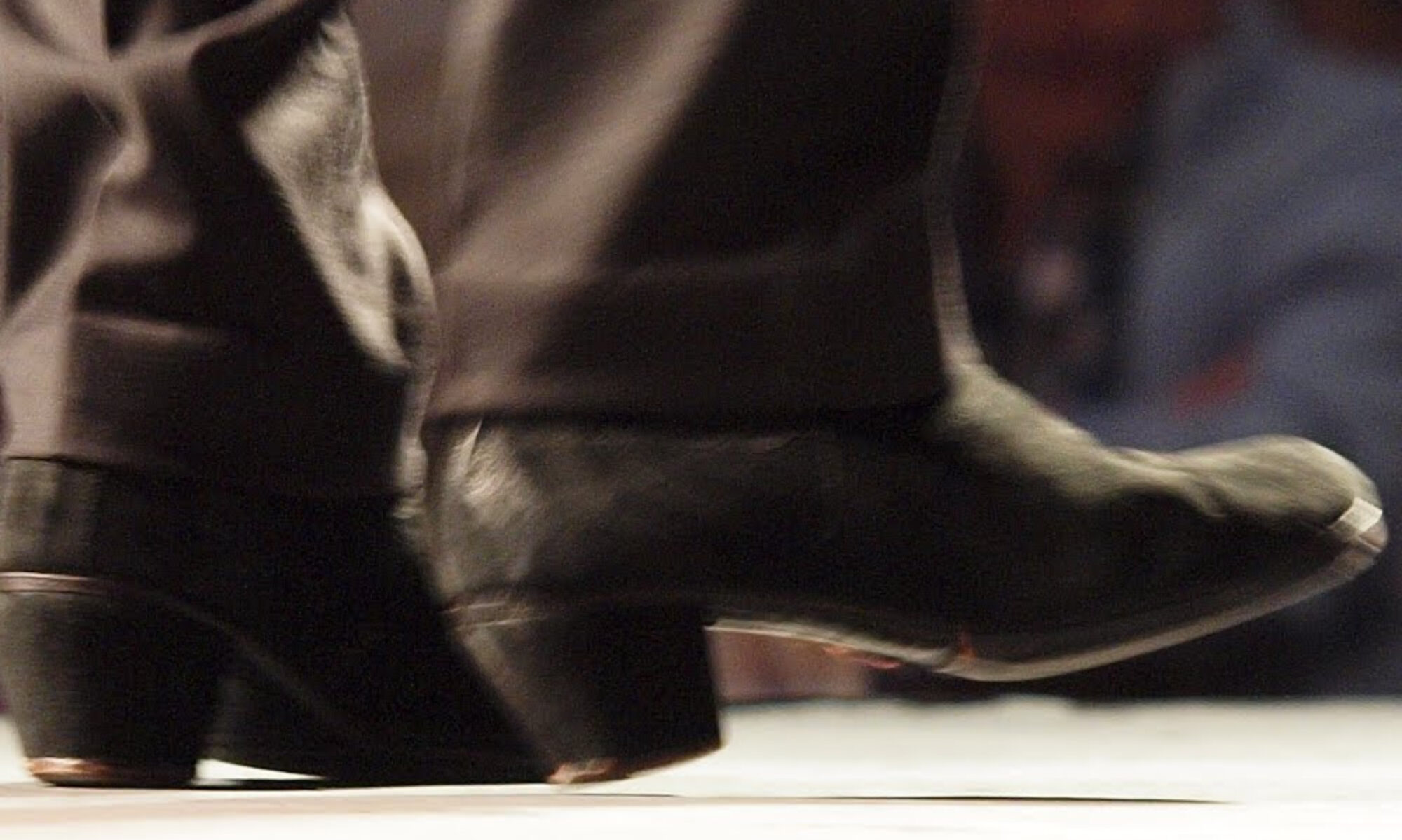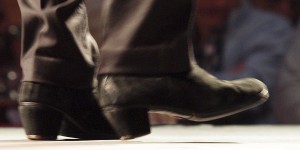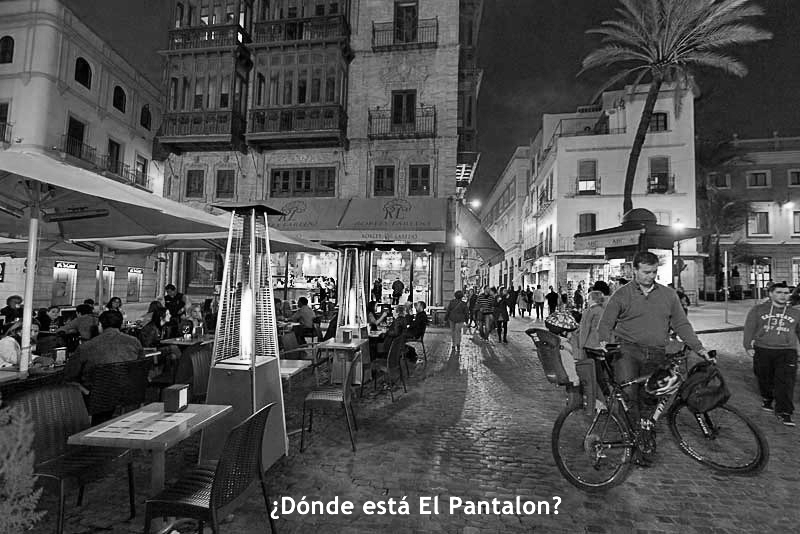THE HISTORY OF FLAMENCO
Flamenco dancing is a vibrant and passionate art form that originated in the Andalusian region of Spain. Its history is rich and multifaceted, encompassing influences from various cultures and historical periods.
- Origins: The origins of flamenco are complex and somewhat mysterious. It emerged from the blending of multiple cultural influences in southern Spain, including Moorish, Jewish, and Gypsy (Romani) cultures, as well as the indigenous Andalusian culture. It likely began to take shape in the 18th century.
- Gypsy Influence: The Gypsies, or Romani people, played a significant role in the development of flamenco. Their migration from northern India through the Middle East and North Africa brought diverse musical and dance traditions to Spain. The passionate and expressive nature of flamenco is often attributed in part to the Gypsy influence.
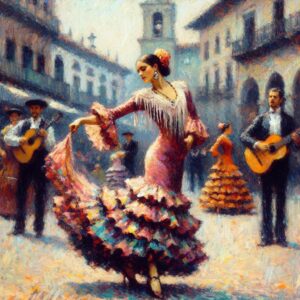
- Andalusian Culture: The region of Andalusia, with its mix of Moorish, Jewish, and Christian influences, provided a fertile ground for the development of flamenco. The cultural melting pot of Andalusia contributed to the rich tapestry of flamenco music, dance, and song.
- Evolution: Flamenco initially developed as a form of expression among marginalized communities, particularly the Gypsies. It was performed in intimate settings such as cafes, taverns, and private gatherings. Over time, it evolved into a more structured and codified art form, with distinct styles and rhythms.
- Golden Age: The 19th century is often referred to as the “Golden Age” of flamenco. During this time, flamenco gained popularity throughout Spain and beyond, with performances in theaters and cafes across the country. Flamenco artists such as Silverio Franconetti and Antonio Chacón became renowned figures in the flamenco world.
- Modernization and Globalization: In the 20th century, flamenco underwent further evolution and adaptation. It began to incorporate influences from other musical genres such as jazz and Latin music. Flamenco also gained international recognition, with artists such as Paco de Lucía and Camarón de la Isla popularizing the art form on the global stage.
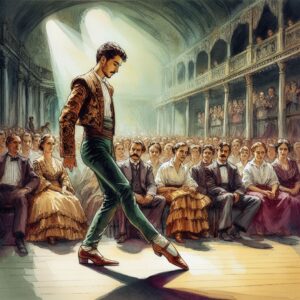
- Styles: Flamenco encompasses a wide range of styles, or “palos,” each with its own distinctive rhythm, melody, and choreography. Some of the most well-known styles include soleá, bulerías, alegrias, and fandango. Each style has its own emotional and cultural significance.
- Performance: Flamenco performances typically feature a combination of singing (cante), guitar playing (toque), and dance (baile). Dancers often wear traditional flamenco attire, including colorful dresses for women and tailored suits for men. The dance itself is characterized by intricate footwork, graceful arm movements, and intense facial expressions.
Overall, flamenco dancing is not just a form of entertainment but also a powerful means of emotional expression and cultural identity for the people of Andalusia and beyond. Its history reflects the resilience and creativity of marginalized communities who used music and dance as a form of cultural resistance and affirmation.
